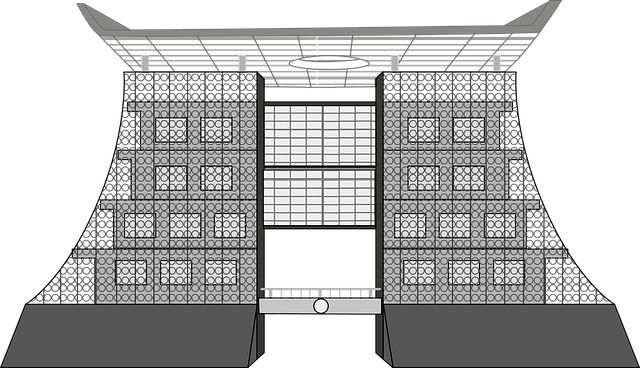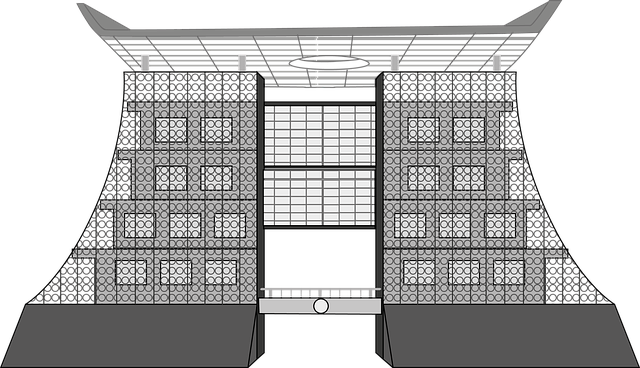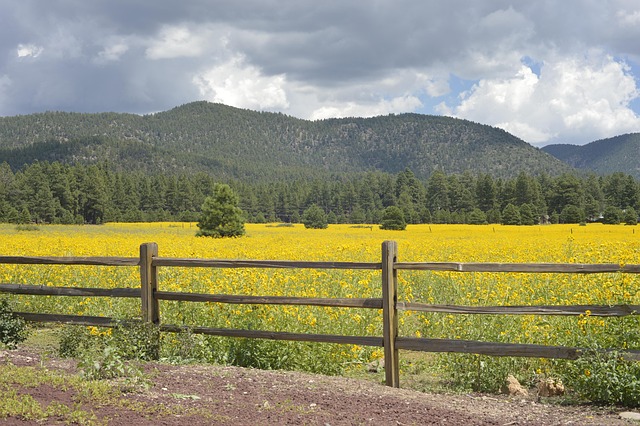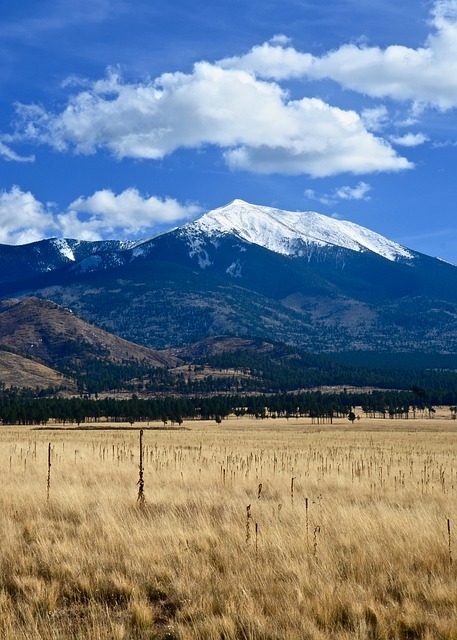Real estate agents and developers are recognizing the growing demand for versatile outdoor spaces that cater to all seasons, blending aesthetics with sustainability. By incorporating greenery, seasonal flowers, water features, and seating areas, properties transform year-round, from vibrant summer oases to cozy winter retreats. This dynamic approach encourages buyers to envision continuous enjoyment and emphasizes the functional appeal of outdoor living, while also promoting eco-friendly practices like native plant species, efficient irrigation, rainwater harvesting, and solar lighting.
Discover the magic of an outdoor wonderland, tailored for all seasons. This article explores how to create a diverse, year-round oasis that enhances your real estate experience. From seasonal changes that bring new life to your space to sustainable practices that ensure its longevity, we delve into strategies to transform your outdoor area into a vibrant sanctuary. Uncover the secrets to making your property stand out in every season.
Year-Round Appeal: Creating a Diverse Outdoor Space

In the realm of real estate, creating an outdoor space that captivates all seasons is a game-changer for property owners and buyers alike. A diverse outdoor landscape offers year-round appeal, transforming from a vibrant summer oasis to a serene winter wonderland. By incorporating various elements such as lush greenery, seasonal flowers, water features, and structured seating areas, the outdoor living experience can adapt to each season.
This versatility allows for a dynamic environment where residents can enjoy intimate gatherings around a fire pit in cooler months or host exuberant summer parties amidst blooming flora. The key lies in curating a space that embraces change, providing both privacy and open views, and offering a range of activities suitable for every climate. Such an outdoor wonderland becomes a central hub for socializing, relaxation, and connection with nature throughout the entire year.
Seasonal Changes: Enhancing the Real Estate Experience

In the realm of real estate, seasonal changes play a pivotal role in shaping the overall experience for both residents and prospective buyers alike. As the seasons transition, so does the character of outdoor spaces, offering unique opportunities to explore and appreciate properties in a dynamic light. During spring and summer, vibrant landscapes transform into lush green oasis, highlighting well-maintained gardens and exterior living areas that are perfect for entertaining or simply relaxing. The warm weather invites potential buyers to envision themselves enjoying these spaces year-round.
In contrast, autumn and winter unveil a different allure with crisp air and colorful foliage, providing a serene ambiance that captivates the senses. Snow-covered landscapes can add charm to certain properties, especially those with well-designed outdoor features like cozy fireplaces or scenic walkways. These seasonal variations not only enhance the visual appeal of real estate but also offer opportunities for buyers to consider the year-round functionality and enjoyment of their future homes, making each season an exciting aspect of the real estate experience.
Sustainable Practices: Nurturing an Everlasting Outdoor Wonderland

In the realm of real estate, creating an outdoor wonderland that thrives year-round is a sustainable practice gaining traction. Property developers and homeowners are increasingly embracing eco-friendly strategies to ensure their green spaces remain vibrant and resilient. This involves incorporating native plant species, which not only attract local wildlife but also require less maintenance and water. By reducing the use of chemical fertilizers and pesticides, these landscapes promote biodiversity and create healthier environments for both people and animals.
Additionally, efficient irrigation systems and rainwater harvesting techniques play a crucial role in sustainable outdoor practices. These methods ensure water conservation while maintaining lush greenery. Integrating solar-powered lighting further reduces energy consumption, enhancing the overall eco-friendliness of the space. Such approaches not only contribute to environmental preservation but also add value to properties, making them more appealing in today’s market.






